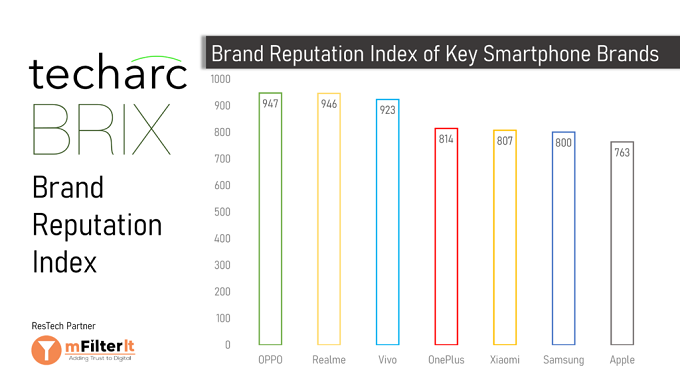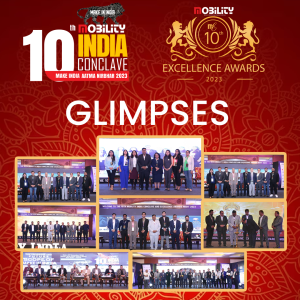In its first Brand Reputation Index (BRIX) measuring the risk score of potential frauds and scams that can be done leveraging a Brand’s equity, Techarc said that smartphone brands having strong consumer pull report most of the reputation issues caused by infringement of brands in the digital space.
The three main techniques of brand infringement identified are: –
- Fake Gratification: Instances where scammers infringe any brand’s identity by offering fake coupons, rewards, schemes, and discounts. This is the easiest trap for consumers who are searching for best deals when they decide about buying a smartphone of their interest. Since, covid-19 pandemic started, fake gratification has also surfaced in cases like offering dealerships and other similar business partnership offerings by the brands.
- Fake Presence: Social-media is the easiest way for brands to let potential buyers discover them and engage throughout the customer lifecycle starting for presales to after sales engagement. Fraudsters create fake profiles on popular social networking applications and allure audiences which want to genuinely engage with the brand. In many instances, fake gratifications are routed through such accounts to entice people looking for smartphones deals. Social media has also become a key medium to run fake job rackets on behalf of leading smartphone brands. People looking for jobs take them as genuine as it could be coming from authorised agencies acting on behalf of their principals.
- Fake Representation: This is the severest level of infringement where scammers create a fake website, app or a marketplace. Using typosquatting techniques, fraudsters create very similar websites, apps and marketplaces and then direct users on such sites to engage which could be used for data theft to financial frauds.
Commenting on the BRIX findings, Mr. Faisal Kawoosa, Founder & Chief Analyst, Techarc said, “Brand Safety is Business Safety! As digital becomes mainstream and brands increase their D2C engagements, they need to proactively police the digital space to hunt for any infringement cases.”
Elaborating on how this can be achieved, Faisal added, “The first thing brands need to do is to come out of denial mode and create a common synergy between marketing, ecommerce, IT and digital teams. For instance, CISO primarily is mandated to secure the owned digital assets of an organisation. Now, they should also be looking at how the brand is secured wherever it gets referenced, even on news portals.”

Adding further, Saloni Jain, Lead Analyst for DigiTech focus area at Techarc said, “In various surveys we have found that 70-80% of the users who originate their purchase from online sources do it looking for best deals and offers. This becomes a great incentive for fraudsters to run such ‘Ponzi’ schemes infringing a brand’s identity.The only way for brands to stop this is proactive monitoring and taking up such issues with platforms like social networking apps, domain registries, etc..”






